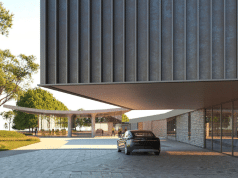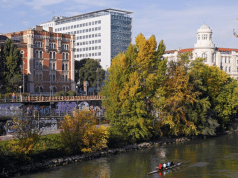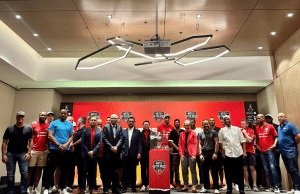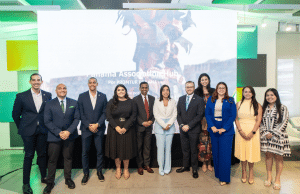FROM Meeting planners, FOR Meeting planners
Key to evaluation criteria 2015
Destination evaluations are based on thorough analyses of different criteria. They have developed from interviews and surveys with over 1,200 event organisers from across Europe, work that showed us that congress destinations are comparable and helped us to form a unique model of evaluation. A mixture of factors that we have been evaluating since 2010 can affect the entire meeting experience for both congress organisers and participants.
During our years of assessment, three basic categories were formed, which are related to the size of a destination:
- National Meeting Destinations: destinations with more than 150,000 inhabitants
- Regional Meeting Destinations: destination with less than 150,000 inhabitants
- Local Meeting Destinations: destinations with less than 20,000 inhabitants
Each category has its own standards, with important professional and other comparable criteria also playing a major role.
Listed below are the main groups of criteria that have been divided into subgroups.
WHO IS THE MYSTERY MEETING PLANNER?
A professional person who has years of experience as meeting planner.
Required skills and competencies to ensure objectivity are:
• Min. 15 years of international experience in the meetings industry
• Knowledge of international standards and specific knowledge of control standards (DIN (Deutsche Industry Norm), and others;
• Knowledge of trends in the meetings industry in both the domestic and international markets;
• Identifying the specific needs and preferences of meeting planners
• Knowledge of all the necessary elements for guest satisfaction (technical specifications, catering services, additional services, security etc,).
In addition, our examiners have a checked reference in the field of quality assurance of their own work in the meetings industry, which provides an unbiased view on behalf of the client and the maximum reliability of the method. Our hidden meeting planners are objective, fair, accurate and reliable, as well as being well-organised and paying attention to detail.
With different destinations we evaluate over 70 criteria that are described in detail below. They form the final destination grade or the ‘MEETINGS EXPERIENCE INDEX’, as we like to call it. The best destinations are annually recognised on the main stage of the Conventa Trade Show.
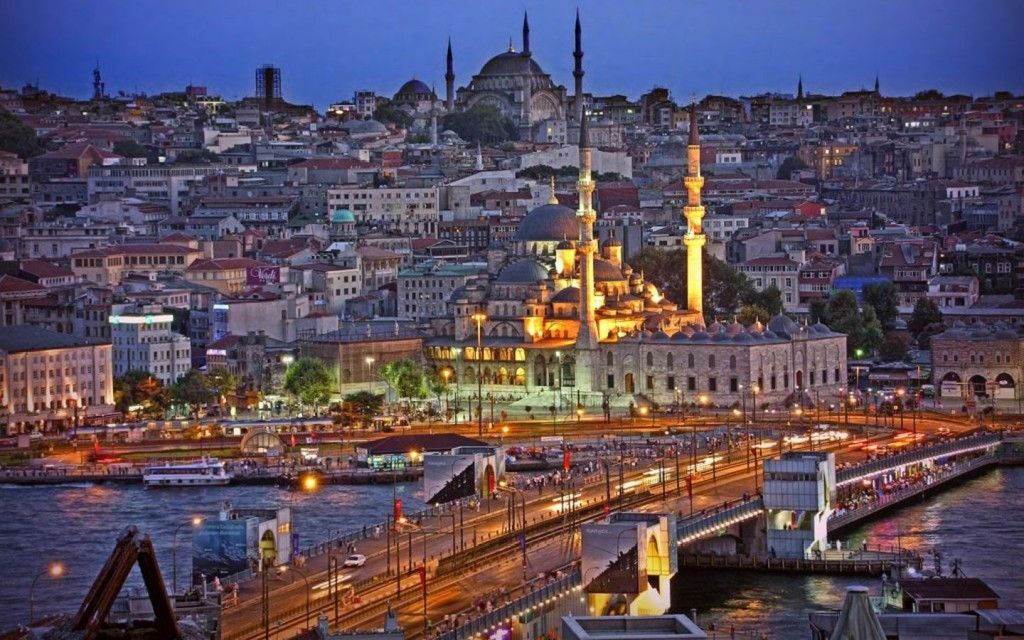

A. Natural and cultural factors
Factors that are vital for the development of the meetings industry, because events are usually focussed on the more appealing destinations. We grade everything from regional diversity, climate conditions and social attractiveness to architecture, historical sites and the attitude towards continual development of the market. The whole picture gives us an image of the diversity of a destination and is an important criteria for its attractiveness.
B. General and transport infrastructure
This includes analytic assessment of infrastructure and public realm tidiness, which reflects the quality of living for residents and consequently also for congress guests. In this section we test everything from destination safety to road, air and rail connections. Other important criteria include public infrastructure, the network of financial institutions, internet access and a healthy and respectful attitude towards the enviroment.
C. Tourist infrastructure
Without appropriate tourist infrastructure, the development of congress tourism is nearly imposible. The assesement shows if there is an appropriate quality and accessibility of hotel capacity, restaurants, cafes and nightlife. We also grade the recreational/sport offer as a basis for incentive programmes. On top of that, the cultural offer, tourist information and destination managment are also given full assessment.
D. Meetings infrastructure
For many the most important part is grading the congress capacity. In this section we evaluate the standard palette of congress providers, congress hotels, congress centres, exhibition centres and focus on their quality. We want to know the number of appropriate 4 and 5 star hotel room providers and, above all, that the incentive offer, business attitude and professionalism of congress providers is supportive of congress services and the activities of their local convention bureau.
E. Subjective grade
Within the remit of subjective grading are a number of combined criteria that include political stability, destination safety and the attitude taken to congress tourism. We also assess the ratio between quality and price, the competitiveness of the destinaton, local hospitality and the destination’s overall image. A lot of this boils down to the personal experience of the assessors.
F. Marketing buzz
Despite impressively fulfilling the other criteria, proactive marketing can be the element that sorts the good from the great. This is why we assess the development of the entire marketing infrastructure in the field of direct, digital, social and traditional marketing.
An added value of our project it that we can then offer recomendations and suggestions on the further positive development of the destinations reviewed.
After evaluation, the destinations are then assigned one of five categories as follows:
5 excellent meetings destination
4 quality meetings destination
3 recommendable meetings destination
2 average meetings destination
1 so-so
[xyz-ihs snippet=”KONGRES-May-Issue”]



